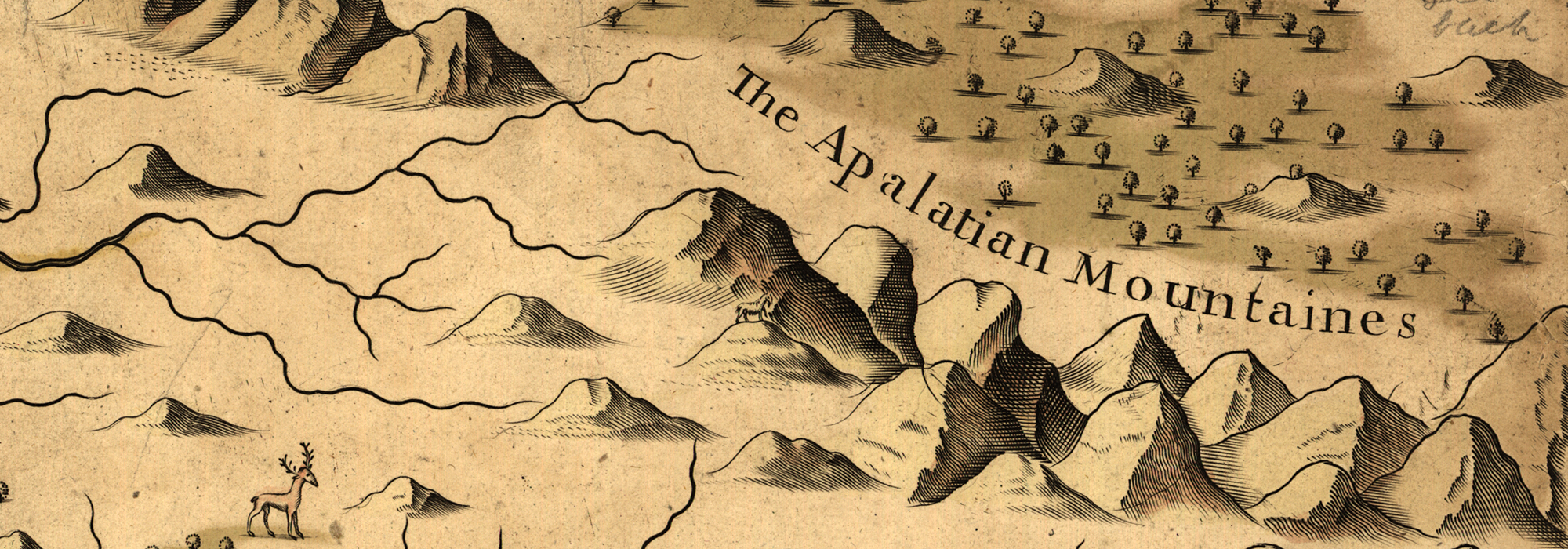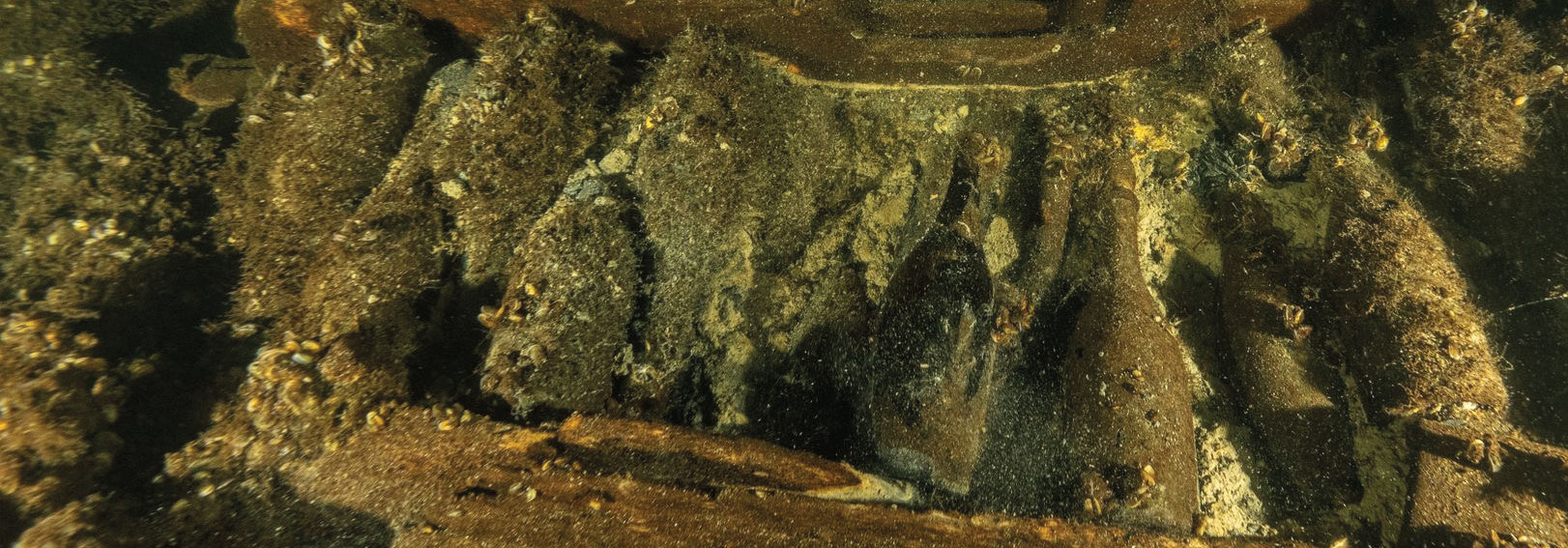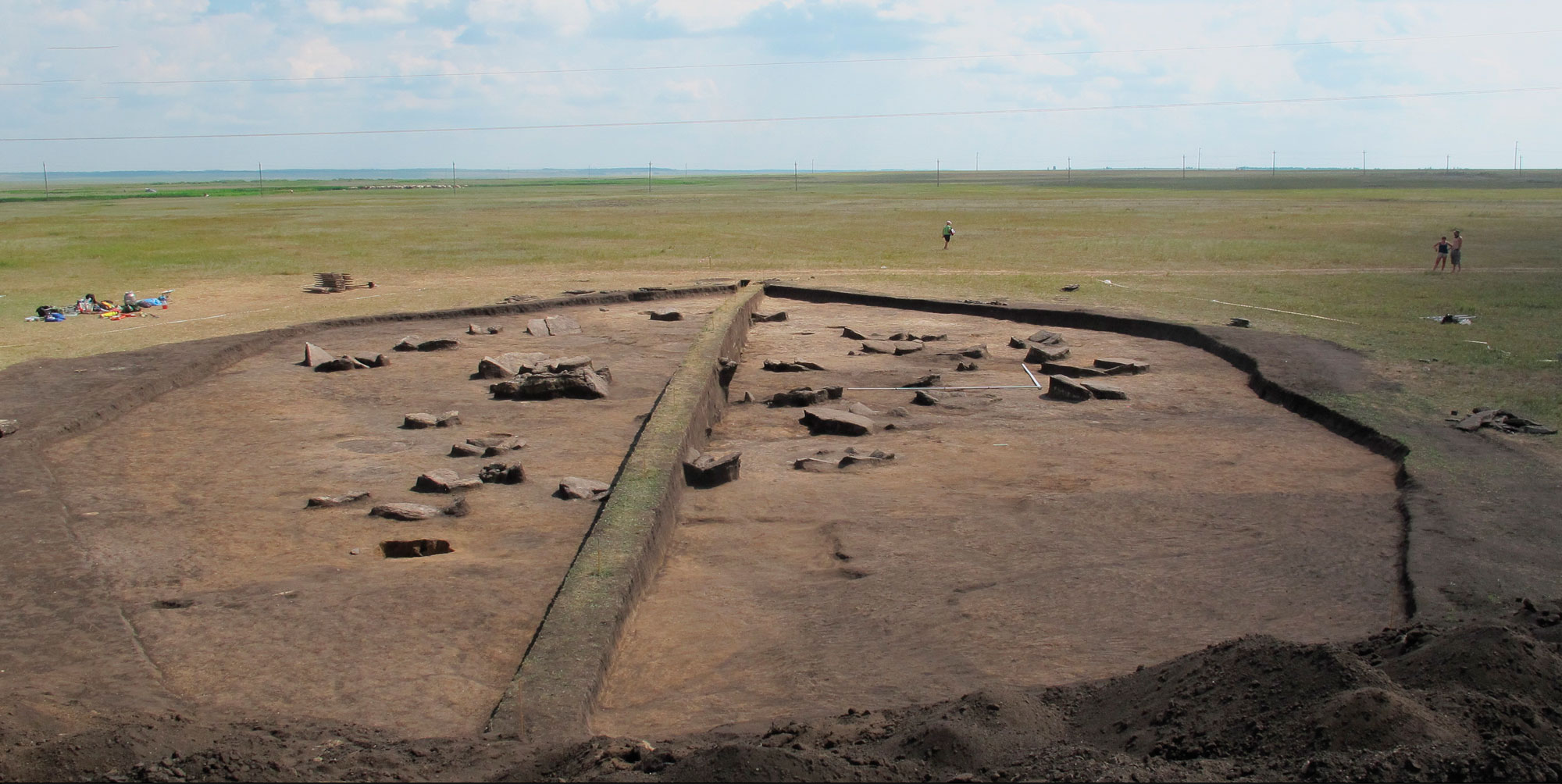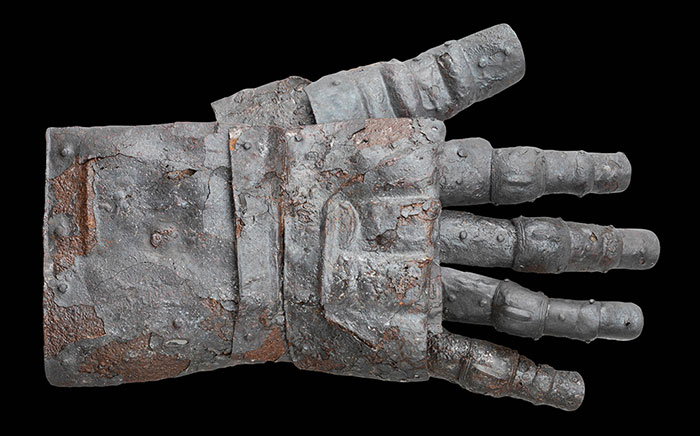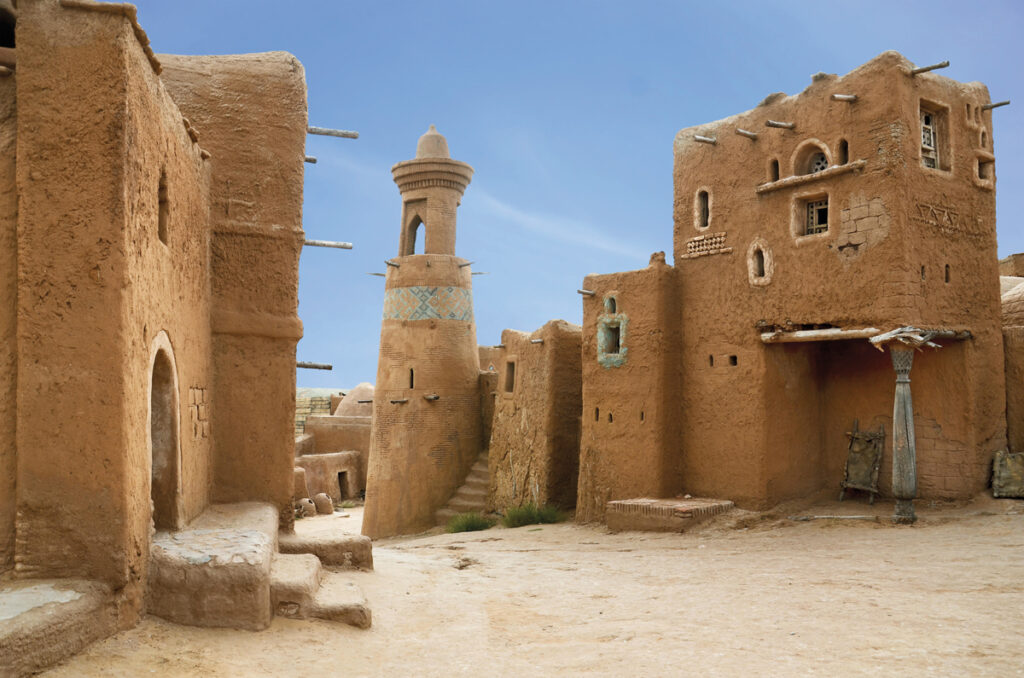
When Chaucer wrote The Canterbury Tales in the late fourteenth century, he set one of his stories in “Sarai, in the land of the Tartars.” At that time, Sarai was widely known as the capital of the mighty Golden Horde. An independent state within the Mongol Empire, the Golden Horde was initially led by the Islamic Jochid Dynasty, descendants of Genghis Khan’s oldest son, Jochi. From the 1240s until 1502, the Jochids and their successors held sway over the western Eurasian steppe, as well as much of Russia and Central Asia. Jochi’s son Batu is said to have founded Sarai as a seasonal residence near the banks of the Lower Volga River sometime in the 1250s.
Lying at the nexus of vital long-distance trade routes, Sarai eventually grew from the site of the khan’s palace into a vast city of some 75,000, according to the fourteenth-century Arab traveler Ibn Battuta. “The descriptions of Sarai say you could ride for miles and not reach the city’s outskirts in one day,” says historian Marie Favereau of Paris Nanterre University. “Even allowing for exaggeration, we can imagine the site was quite spread out.” The khan and his retinue would visit the city annually, while artisans, diplomats, Islamic scholars, and Christian clerics remained in permanent residence. A second capital, New Sarai, is thought to have been founded upstream in the 1330s, when the Golden Horde was at its zenith. Jochid rule fractured in the late fourteenth century and later Mongol khans eventually gave way to Russian control by the mid-sixteenth century. Volga Valley residents then began to reuse mudbricks from Golden Horde–era cities, wiping them from the landscape.

After decades of debate, many Russian archaeologists believe Old Sarai once stood on a cliff at the edge of the Akhtuba River, a tributary of the Volga, at the site of Selitrennoe. They place New Sarai some 80 miles north, at the site of Tsarevskoe. But in recent years, some scholars have proposed that Tsarevskoe was a Jochid coin mint and that Selitrennoe was the site of both Old and New Sarai. Still others believe Old Sarai was located farther south on the Volga and was moved to Selitrennoe only after it was threatened by the rising waters of the Caspian Sea. “One problem is that there are almost 100 Mongol-era settlements along the Lower Volga,” says Favereau. “It can be difficult for archaeologists and historians to put names to specific sites.” Complicating the issue is that descriptions of Sarai were written by outsiders to the steppe, not the Mongols themselves, for whom Sarai was never an administrative center in the traditional sense. “In truth, the capital was wherever the khan was,” Favereau says. “He ruled from horseback.”
A few miles from Selitrennoe, an imposing set built for the 2012 Russian film The Horde to stand in for Sarai is now a state historical park. Its hulking buildings are monotone brown, but Favereau notes that Mongol-era tilework found in the region and surviving Mongol architecture from elsewhere in the empire suggest that Sarai, in all its possible incarnations, would have been full of color. “Blues would have been everywhere,” she says. “It was probably really beautiful.”





